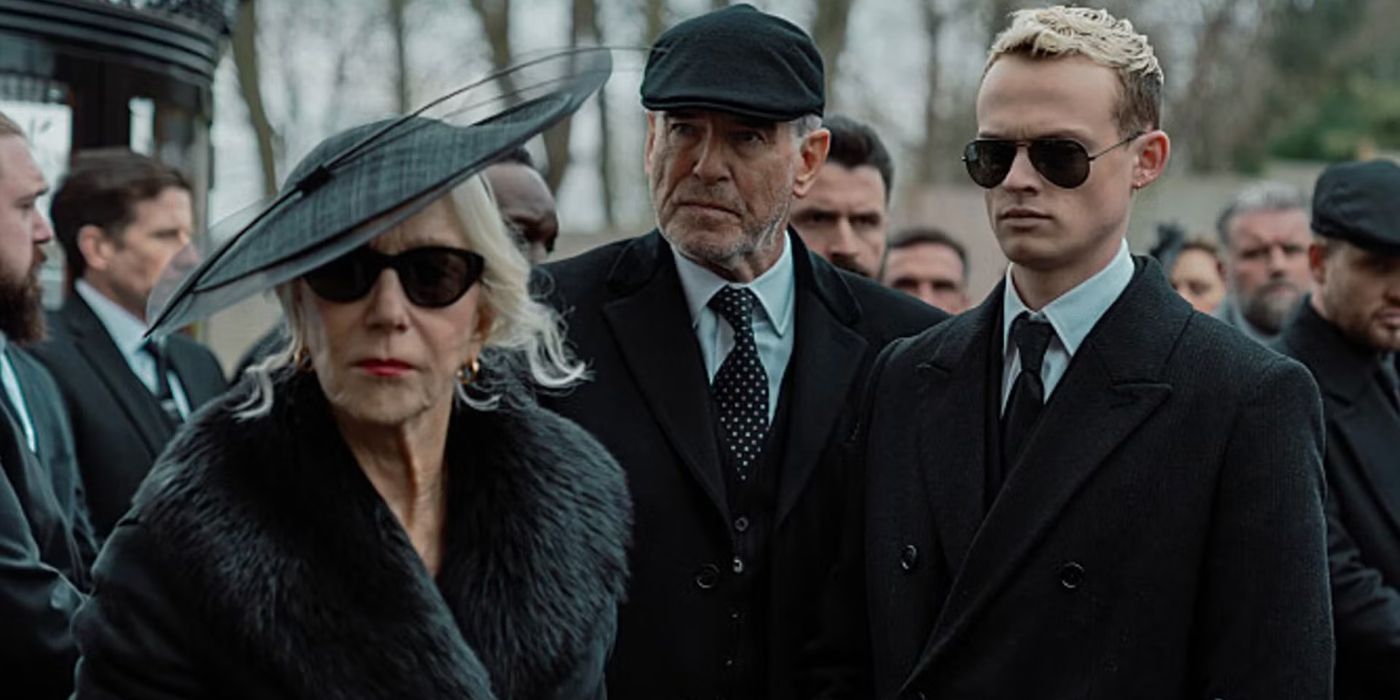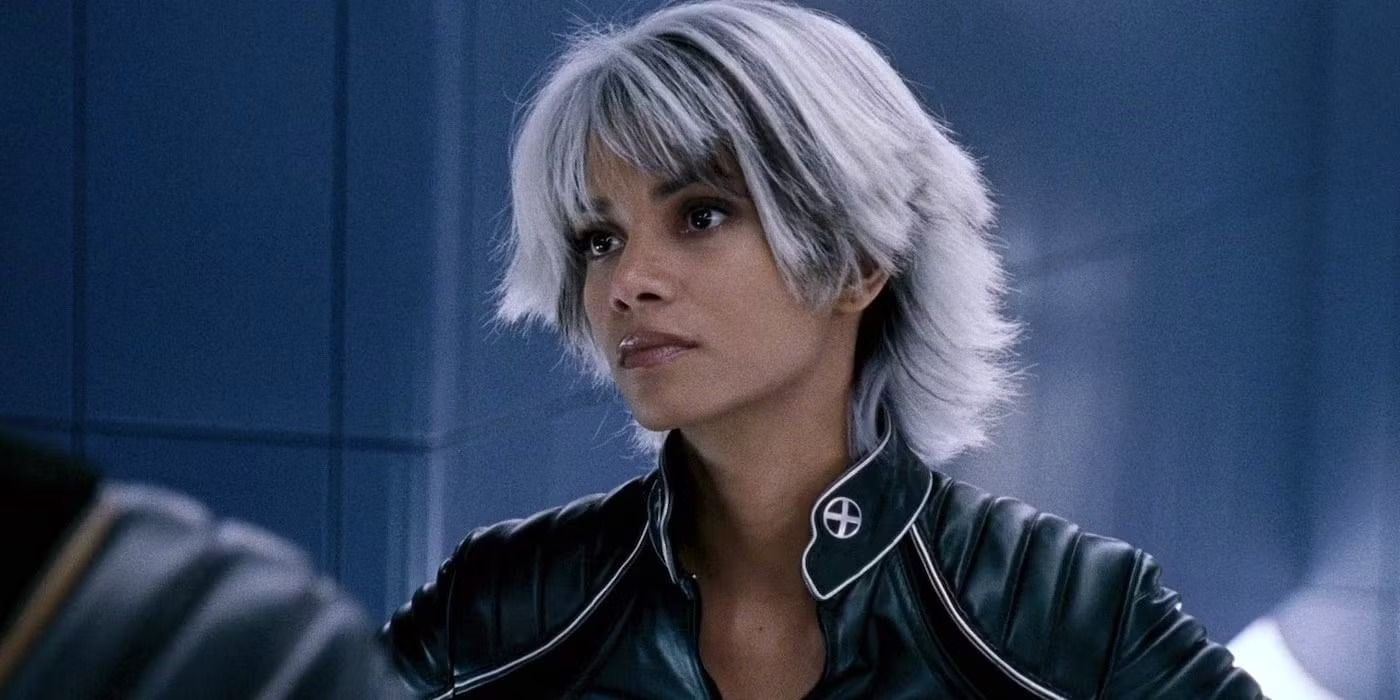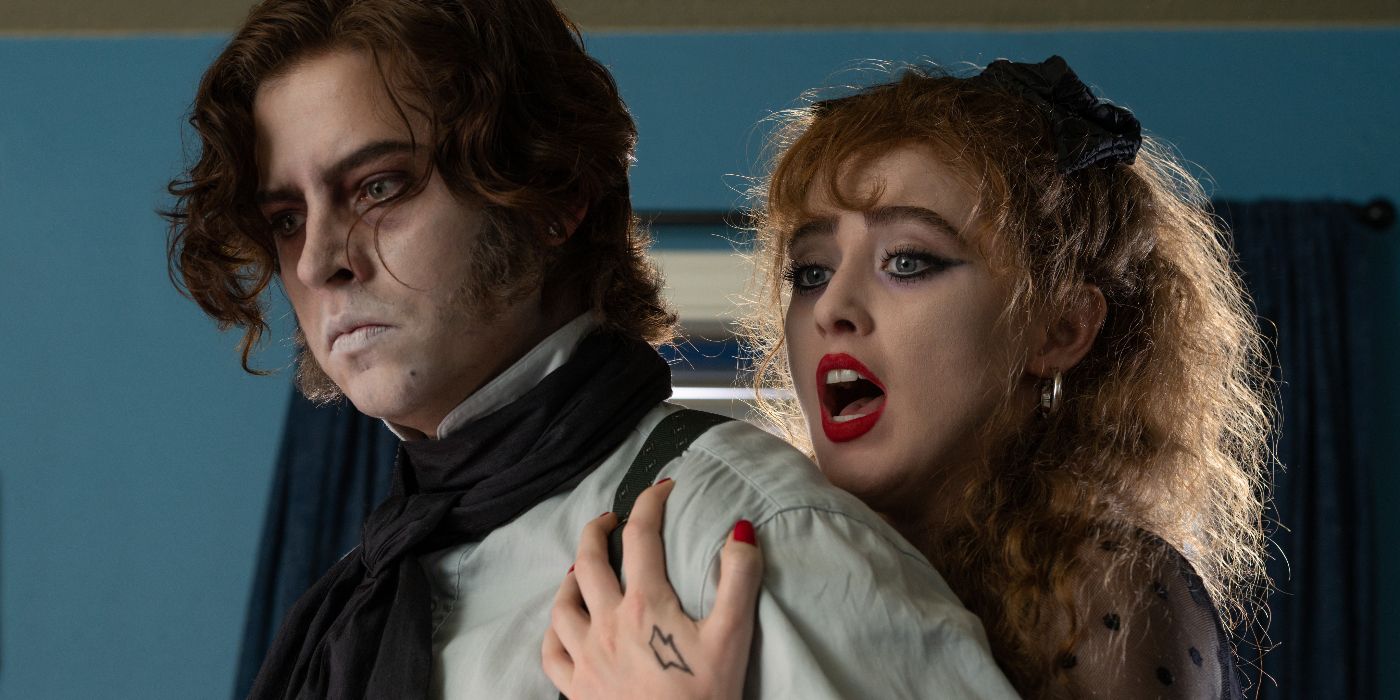To grasp the magnitude of the malice depicted in “Sabaya,” one needs to start with the meaning of the word that gives the film its title. There’s no sugarcoating it—sabaya is the name ISIS (or Daesh in its Arabic acronym) has given to countless Yazidi women they have abducted five years ago from the Sinjar province of Iraq (after murdering the men of the population in thousands) and turned into sex slaves. These girls and young women—some, devastatingly, are still children—were sold, raped, and tortured by Daesh ever since under the sham guise of marriage. Most of them, as we learn, are still being kept by Daesh in northeastern Syria’s notoriously dangerous Al-Hol Camp, a settlement that holds nearly 73,000 locked-up Daesh supporters in derelict tents and is guarded by Kurdish forces. In “Sabaya,” Hirori follows Mahmud and Ziyad, two heroic men who volunteer out of the nearby Yazidi Home Center to rescue the sabaya at great personal risk. The pair are supported and enabled by Mahmud’s wife Siham, his mother Zahra, and a group of female infiltrators (some of them, former sabaya) who secretly and selflessly plant themselves into the camp to find Yazidi women that they could help escape through unthinkable nerve and strength.
Picking up a tirelessly ringing phone day in and day out and speaking with desperate Yazidi families looking for their missing kin, Mahmud and Ziyad embark on numerous missions during the film, many of which are bound to end with disappointment and heartbreak. But what a colossal difference the two make on the lives of those they are able to bring back and unite with their forlorn families in Iraq. With the nurturing help of Siham and Zahra and the comforting presence of Mahmud’s young son, the liberated but shell-shocked victims slowly settle under the protective wing of the family, and try to transition to the world on the other side of their now-removed niqabs.
What we perceive in the process is a blend of love, patience, and sympathy as well as a million acts kindness towards these girls and women (some, understandably suicidal) who question their worth and future, wondering how a god that’s supposed to be all benevolent could let this happen. One says, “I hate this world. Everything is black.” Another one soul-crushingly speaks of how she was sold to 15 different men and constantly beaten, retaining destroyed teeth and a hole in her head in the aftermath. Remarkably, Mahmud’s family doesn’t only offer these former sex slaves physical safety—in unison, they provide the girls a path towards psychological healing, too. An example of this is a simple act that symbolizes rebirth—on various nights, Siham burns the sabayas’ former clothes in her home’s courtyard. Her young son spiritedly prays: “I hope God will eliminate these clothes!” As the viewer, you might tearily nod alongside the kid and perhaps even mutter a similarly hopeful wish.
You can view the original article HERE.





























